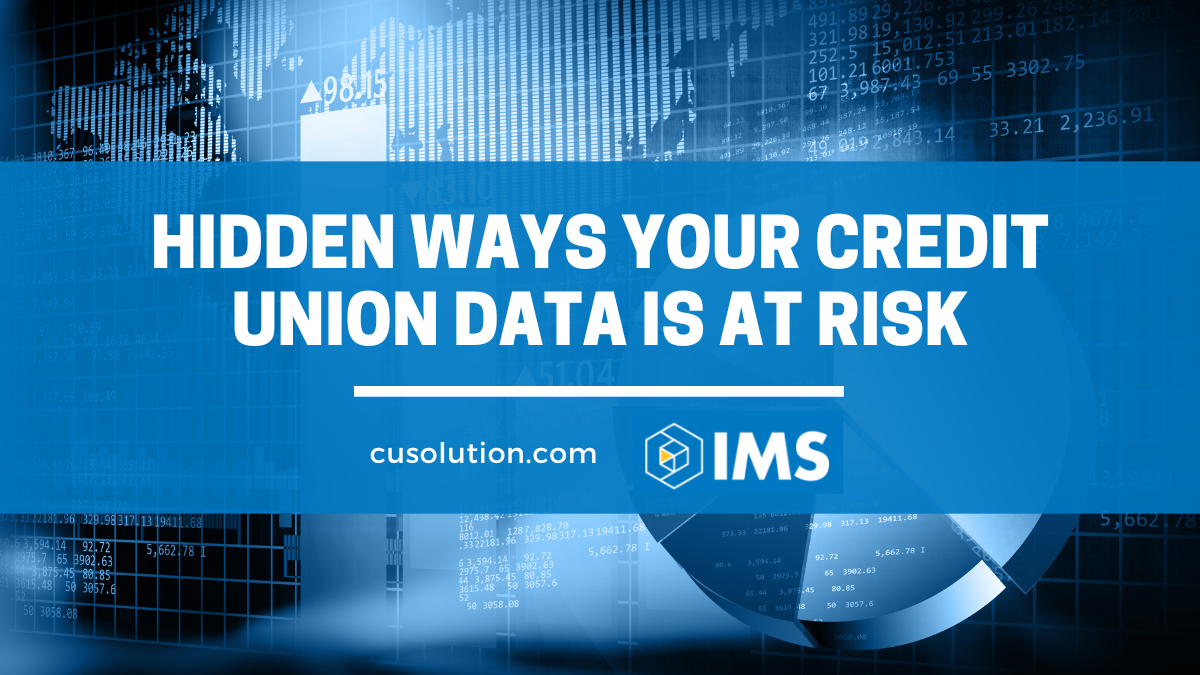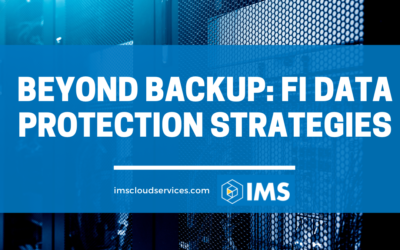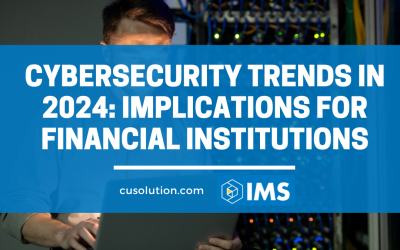The importance of protecting your credit union data can’t be overstated. Unfortunately, there are many ways your data can be stolen, corrupted, or lost. From less-than-vigilant password protocols to accidental deletions, malware, and more – each of these threats presents unique challenges and accesses specific vulnerabilities in your cybersecurity and other data systems and puts your data at risk.
There are also many undetected ways you put your data at risk. Many loopholes and vulnerabilities are often found after they’ve been exploited if you don’t know where to look or what to look for. Let’s discuss some of the hidden ways your credit union data is at risk.
Personal Device Usage
Personal devices are used for business projects and functions during working hours but are not company property. There are tons of different types of personal devices, and most of them are connected. This includes things like smartphones, laptops and tablets, smartwatches and accessories, and more.
When you allow your employees to use their own devices to carry out credit union business, you are putting your data at risk of being lost or stolen. Personal devices also aren’t held to the same security and update standards as your company-specific technology.
Device management is a major piece of post-COVID cybersecurity. Each device that connects to your credit union’s network is creating opportunities for breaches because it puts your CU and your member information in more hands, and not all of those hands will treat that data correctly. Whether the data is lost through malicious activities or unintentional employee mishandling, it’s important to think through the amount and types of devices that you want to be able to connect to your data and network systems.
Insufficient Backup Policies
Backups are diverse and indispensable tools for safeguarding your credit union data. But that doesn’t mean every backup works the same way.
When you are exploring and auditing your backup policies, it’s important to not only think about the time and convenience of the backup functions – making sure your backups are run regularly, capturing all your credit union data, and not hindering other network functions.
But it is also wise to think about how long it will take for your backups to restore your data. If an onsite server fails, do you know how long it will take for your offsite backups to restore it? Will it take a full 24 hours? Do you have adequate offsite backups?
The mistake here is installing backup software or protocols and then forgetting about it. These systems, though they should never fail, should be regularly checked to ensure that you are capturing all the data you need to be backing up. Business processes change, and IT protocols are always evolving.
IMS offers backup services tailored specifically to credit unions. That means these systems were built with your specific data types in mind. Your data backups are automated and your data is secured and stored offsite at an IMS data center.
Digital Supply Chain Weaknesses
The digital supply chain is essentially the network that is created throughout the supply chain to increase integration, dynamic processes, and predictive supply chain operations.
If you have third-party software that you used to create your credit union’s app, which then supplies products and services to your enrolled members, this is just one example of the different ways digital content and programming can intersect with and affect your cybersecurity and your credit union data. For example, a breach in 2021 involved the Kaseya supply chain. Kaseya offers remote management services that many credit unions in the USA use.
Understaffed and Overburdened IT Staff
Credit unions aren’t like big banks. Some are standalone small businesses with a handful of staff members that are diligently serving their communities. Other credit unions are large and can be run much like a corporation.
But right now, there are staffing shortages everywhere. The pandemic has caused what many are calling the Great Resignation, and that means more people than ever are overburdened at work.
And while this is a big hurdle to overcome no matter what industry or department you work in, IT shortages can be much more expensive than just the overtime and loss of productivity costs.
If your IT department isn’t able to keep up with all the day-to-day maintenance, employee and member requests, and other top priority items, something is going to eventually slip through the cracks.
The hiring shortages and issues aren’t going away quickly, and that means technology-based solutions should be your next step. Luckily, that’s what IMS has been doing for credit unions and credit union data for years.
Combat Known and Unknown Data Threats with IMS Today
IMS is the leading data management, backup, disaster recovery, and IaaS service provider for credit unions. Whether you are trying to increase protection from bad actors, unhappy employees, or unprecedented threats like staff mistakes and natural disasters, IMS can help.
Our private cloud services have been designed with credit union data in mind:
With these and other services, tailored specifically to your CU needs, IMS is the perfect solution to help assuage your data fears as we become increasingly reliant on technology and stored data solutions.



